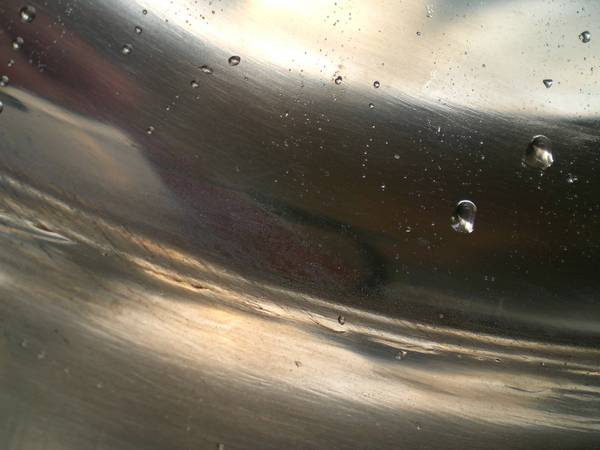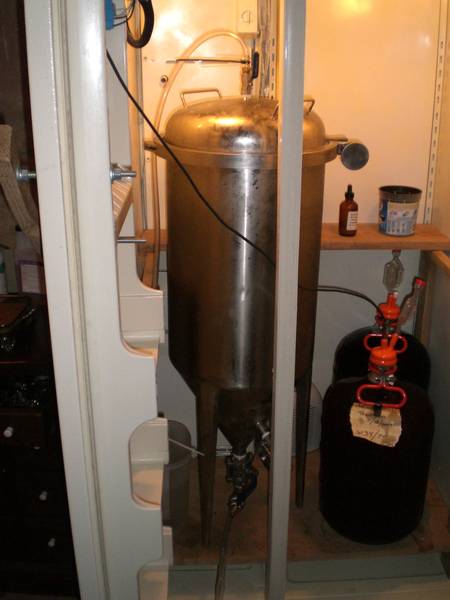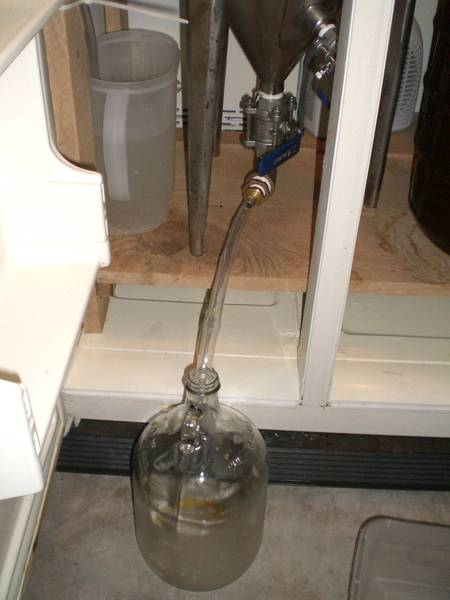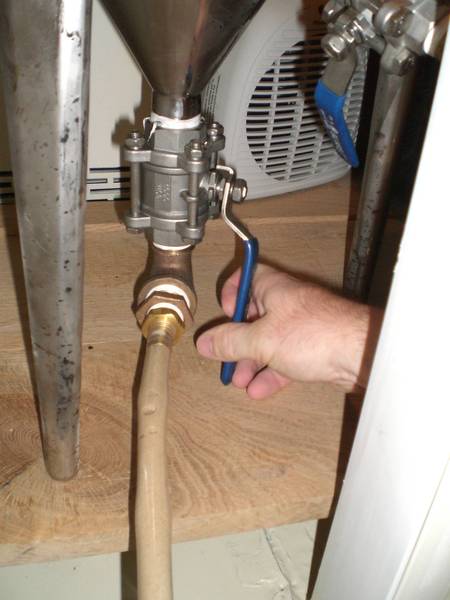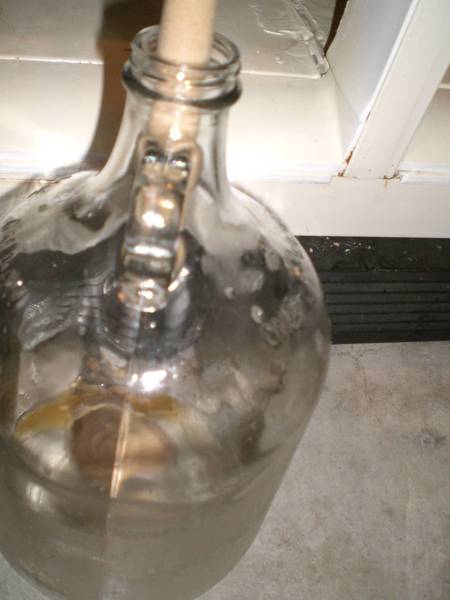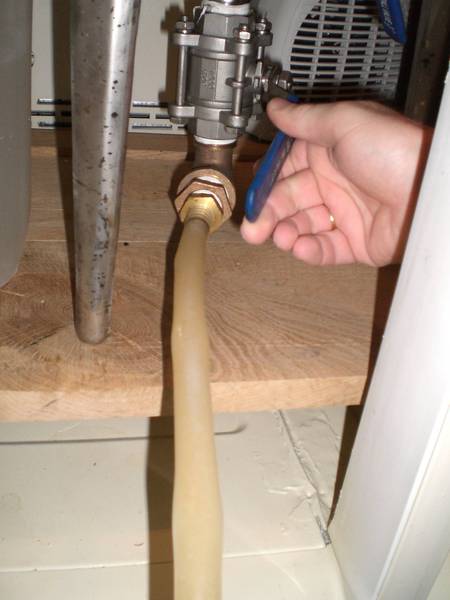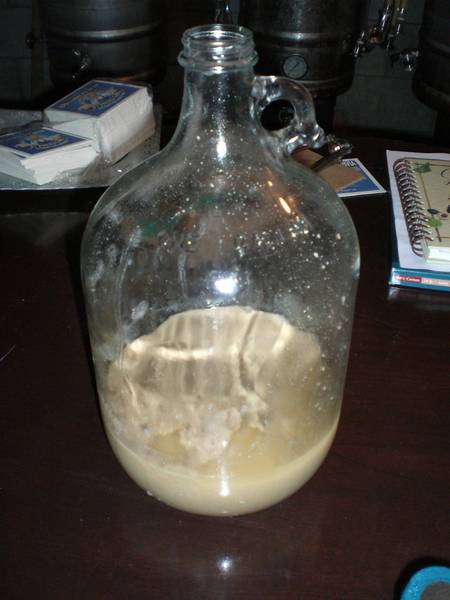Concerning dry hopping: This lid is very easy to get on and off. If you are worried about contamination within the 4 seconds it takes to dump in some hops, then you could just crack the lid up half an inch and scoot them in there, then this lid would pose less open space than a cornie lidNeither is a worry unless you ferment in a bio ridden and infested bacteria lab.
I still like the cornie lid but that may also be because I am accustomed to using it for additions and what not. If you have not used one it may not be an issue.
I am also not sure how lifting the lid to put in a hop bag of hops will open less space than a cornie lid.
For me it would come down to price. The one feature that I like the most is the ability to close it up and throw a spudding valve on there and carbonate in the vessel.
How is the comparison going to work? Will you brew 2 batches and ferment both in different conical. I have skimmed this thread mainly looking at pictures so if I missed it I apologize.


 but come on, nobody is making "snarky" comments and nothing has been said or implied regarding the quality being "crap." Rich has been hinting at comparable pricing to the Blichmanns and you say "lower" than. As HellenicHomeBrewer said the jury is waiting on a price. FWIW I spent a couple of years working for a company that sourced parts from China so I know first hand how much work Rich is putting into this. It can be very much like beating your head into a brick wall. I applaud the effort Rich has made on these as they are indeed quite beautiful looking! A person could dominate the stainless conical market bringing these in at low enough prices. I myself am eagerly waiting for official pricing. Pricing? Pricing? Pricing? Pricing?
but come on, nobody is making "snarky" comments and nothing has been said or implied regarding the quality being "crap." Rich has been hinting at comparable pricing to the Blichmanns and you say "lower" than. As HellenicHomeBrewer said the jury is waiting on a price. FWIW I spent a couple of years working for a company that sourced parts from China so I know first hand how much work Rich is putting into this. It can be very much like beating your head into a brick wall. I applaud the effort Rich has made on these as they are indeed quite beautiful looking! A person could dominate the stainless conical market bringing these in at low enough prices. I myself am eagerly waiting for official pricing. Pricing? Pricing? Pricing? Pricing? 













![Craft A Brew - Safale S-04 Dry Yeast - Fermentis - English Ale Dry Yeast - For English and American Ales and Hard Apple Ciders - Ingredients for Home Brewing - Beer Making Supplies - [1 Pack]](https://m.media-amazon.com/images/I/41fVGNh6JfL._SL500_.jpg)












































